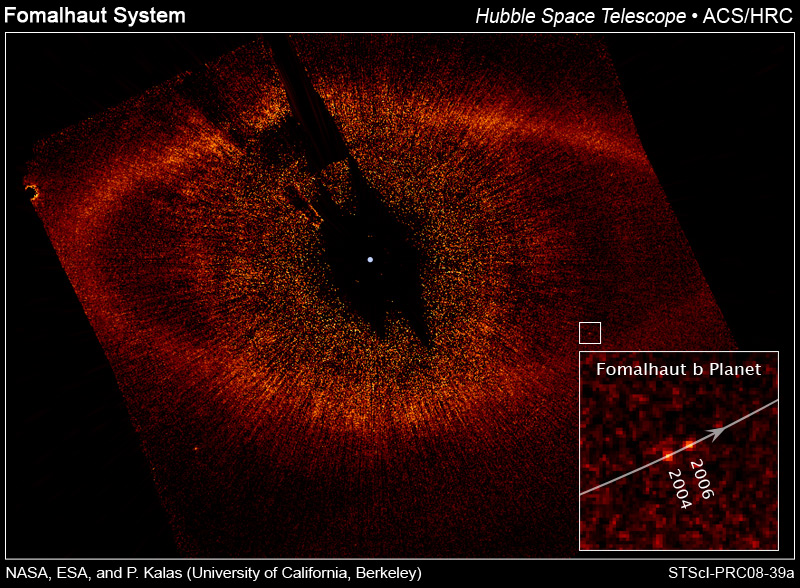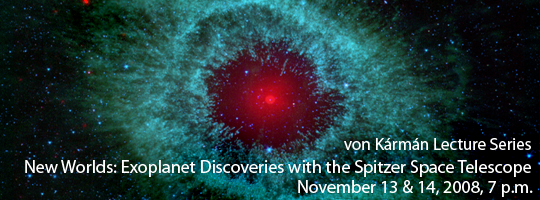
If anyone ever noticed the dynamic nature of our universe, one would not miss the property of rhythm embedded within the cosmic infrastructure.
The most obvious is the day and night cycle. Everyone knows it is a result of earth's rotation. Everything seems to be spinning, revolving, rotating -- galaxies, stars, planets and moons.
Now how does this relate to life?
Beginning with yourself, o mortal being, your whole life and consciousness rests upon rhythm and cycle. Your mind and body would not even survive without sleep for more than a week, er maybe a month for some.
The effect of "spin" naturally ripples all the way to the metabolism and physiology of any lifeform that manages to evolve within a "spinning" system.
Lets take a look at how rhythm affects all life on earth: The sleep cycle of every animal on earth is a natural outcome of the day and night caused by a spinning earth. Hibernation is caused by the seasons, a result of earth's tilted axis of rotation. Still other biological processes such as metamorphosis, bird migrations, and mating seasons (everybody's favorite) can be attributed to planetary characteristics of orbit and rotation.
There is no doubt, rhythm is embedded in the cosmos, and ultimately within life itself. Rhythm is one of the properties of life that is seldom mentioned, and yet is one of the primal screams of life itself.
Wherever life exists, on earth, in other planets of other suns, we can be sure that it is definitely ruled by rhythm as well.
Hinging on the fact that most exoplanets discovered so far have elliptical orbits, and speculating upon those whose orbits at least intersect the relative habitable zone, we can expect organisms that develop on that planet to adapt to the cycle of extreme weather patterns and seasons. It will "learn" to "hibernate" during a freezing season when its planet is farthest from its star, and "wake up" when its planet comes closer to its sun.
That was just an example, perhaps a little extreme to illustrate a point--but we can be sure of countless ways on how rhythm may be implemented in an almost infinite number of planets in the universe, each with it's own unique combinations of orbit, rotation, axis tilt, and so on.
And along with those planetary properties, comes the dizzying variety of how the resulting rhythm and cycle affects the development of life on those planets. We can expect those alien lifeforms to have a fair share of the similar rhythmic cycles we know of, such as sleep, hibernation, menstruation, migrations, metamorphoses and other forms of cyclical rhythms that are common to all forms of life.
The diversity of cosmic life, based solely on planet-induced rhythms could be quite unlike anything we've ever imagined, yet on the other hand -- they might behave quite similarly in some way or another, due to the universal rhythm of life.
 What happens when you team up together a geologist and an astronaut? You get this book, Planetology. It's a good primer for anyone who wants to begin exploring planets and worlds more alien than the planets within our own solar system. After all, one should get familiar with the local neighborhood before venturing out farther to extrasolar systems.
What happens when you team up together a geologist and an astronaut? You get this book, Planetology. It's a good primer for anyone who wants to begin exploring planets and worlds more alien than the planets within our own solar system. After all, one should get familiar with the local neighborhood before venturing out farther to extrasolar systems.




